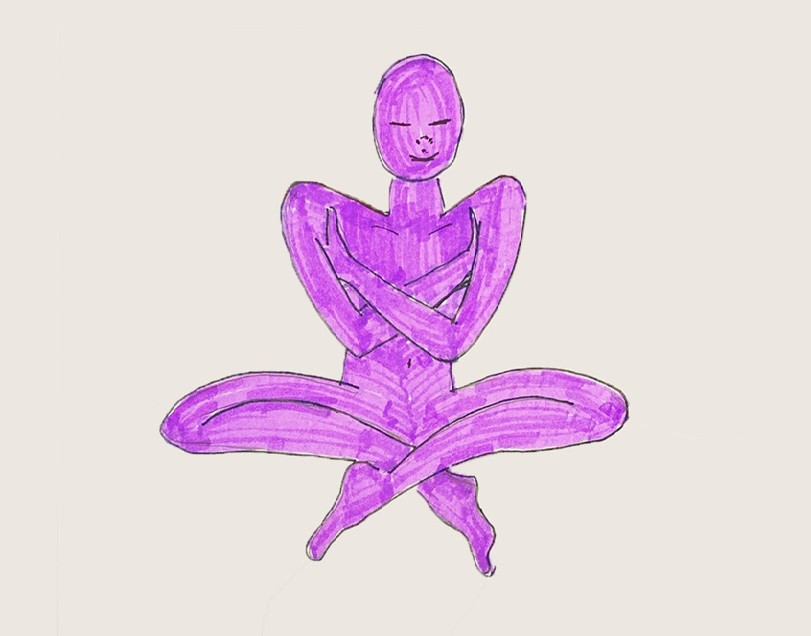A blank canvas can often speak when words fall short.
For many individuals struggling with emotional challenges, traditional talk therapies may feel overwhelming or difficult to navigate. In such cases, creative approaches can provide a unique path to healing. One such method, art therapy, has gained recognition as a powerful tool for mental health treatment. By combining the principles of psychology with the healing potential of creativity, art therapy offers a safe space to explore emotions, reduce stress, and promote personal growth. This article will explore its significance, highlight its use in treating depression and anxiety, and examine the role of professionals like Iris Herrero, PsyD, ATR who guide individuals through this process.
The Power of Art in Healing
The act of creating art—whether through painting, drawing, or sculpting—can help individuals connect with feelings that are difficult to verbalize. For those experiencing symptoms of sadness, hopelessness, or lack of motivation, art becomes more than an activity; it becomes a pathway toward recovery. Art Therapy for Depression has been shown to provide emotional release, improve self-awareness, and enhance coping skills. This approach does not require any prior artistic experience, as the focus lies in expression rather than technical ability. When guided by a skilled professional, the process encourages individuals to confront emotions that may otherwise remain hidden.
Anxiety and the Need for Support
Anxiety disorders can disrupt daily life, causing restlessness, tension, and a constant sense of unease. While many treatment options exist, some individuals respond best when therapy is tailored to their unique needs. For those who may find it hard to open up in a traditional clinical setting, creative exploration offers a gentler route to self-expression. By turning inner turmoil into visual form, individuals often experience a sense of relief and control. This is where the integration of psychology and art plays a crucial role, offering both emotional processing and therapeutic support.
Guidance from Skilled Professionals
Behind every successful therapeutic process is a trained specialist who provides guidance and structure. Professionals such as Iris Herrero, PsyD, ATR bring expertise in both psychology and art therapy, creating an environment that fosters healing and resilience. Their role involves not only encouraging artistic expression but also helping clients interpret and understand what their creations reveal about their emotions. This dual perspective allows therapy to move beyond simple self-expression toward meaningful psychological insight. With the right guidance, creative exploration becomes a tool for lasting emotional change.
Psychotherapy for Deeper Understanding
While creative outlets are beneficial, structured therapy remains essential for addressing underlying causes of mental health struggles. A Clinical Psychologist for Anxiety and Depression provides strategies to manage symptoms and reshape thought patterns. When integrated with creative methods, psychotherapy can offer a more holistic approach to treatment. Similarly, Anxiety Psychotherapy allows individuals to confront fears and develop healthier coping mechanisms, ensuring that progress extends beyond the therapy room. This combination of approaches helps strengthen resilience and supports long-term mental wellness.
Conclusion
Mental health challenges such as depression and anxiety affect countless individuals, yet recovery is possible with the right support and resources. The integration of creativity and psychology through art therapy provides a unique avenue for expression and healing. As seen in approaches like Art Therapy for Depression and the guidance of professionals such as Iris Herrero, PsyD, ATR, art can play a transformative role in emotional well-being. Alongside creative exploration, structured treatment methods such as working with a Clinical Psychologist for Anxiety and Depression or engaging in Anxiety Psychotherapy ensure that individuals receive comprehensive care tailored to their needs.





Comments